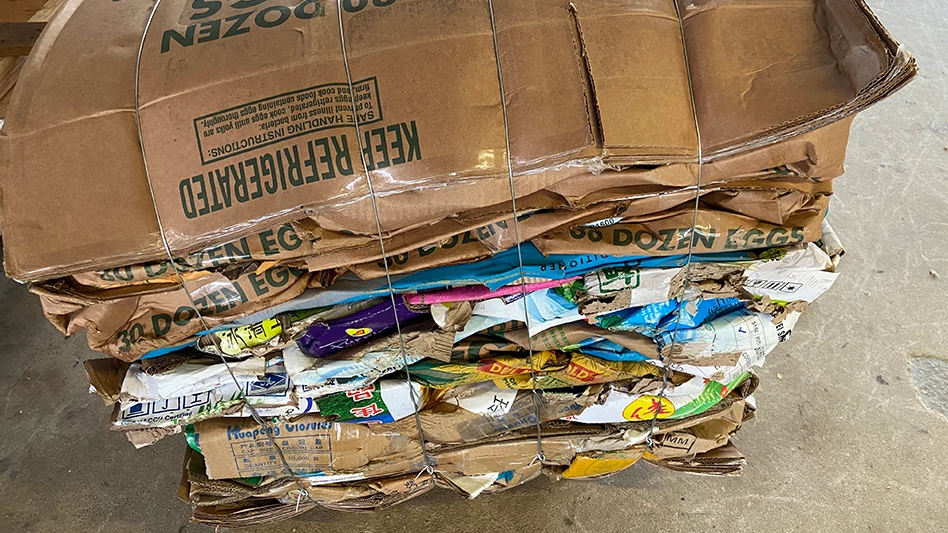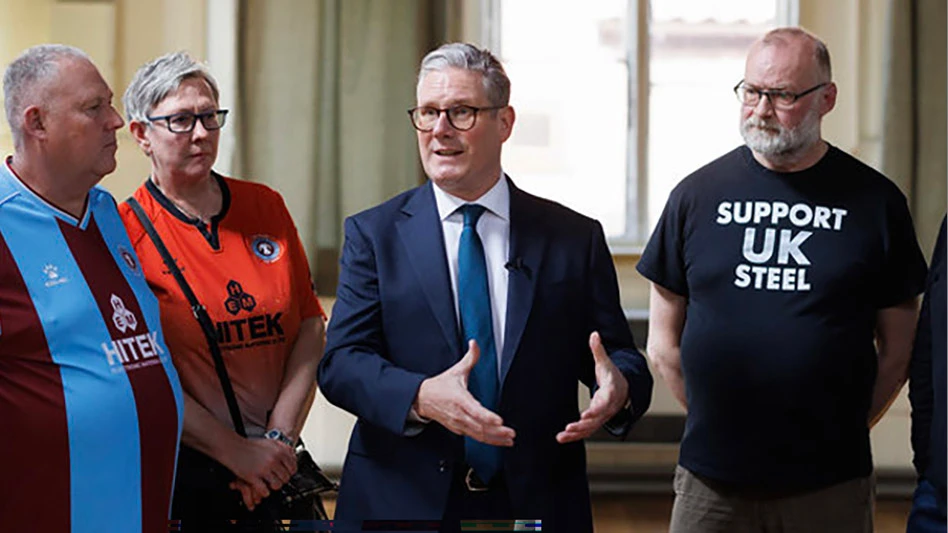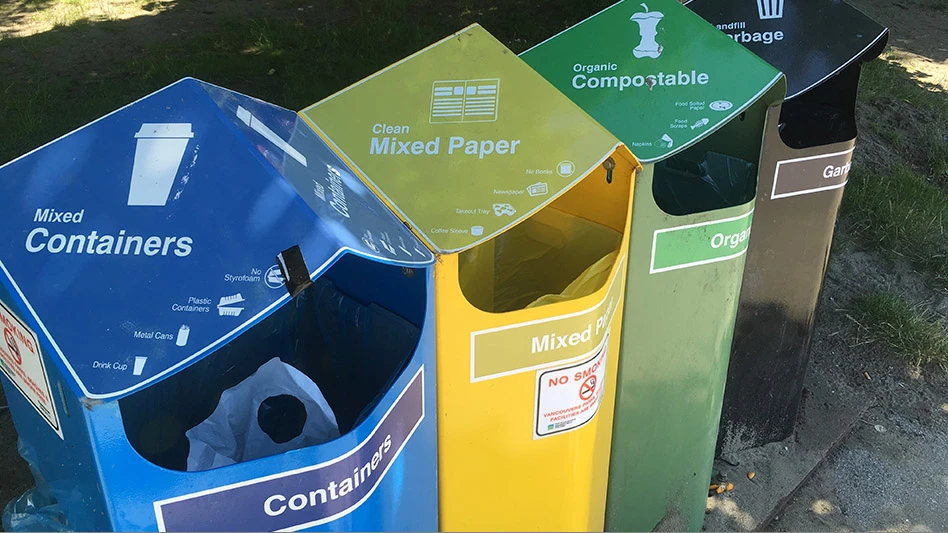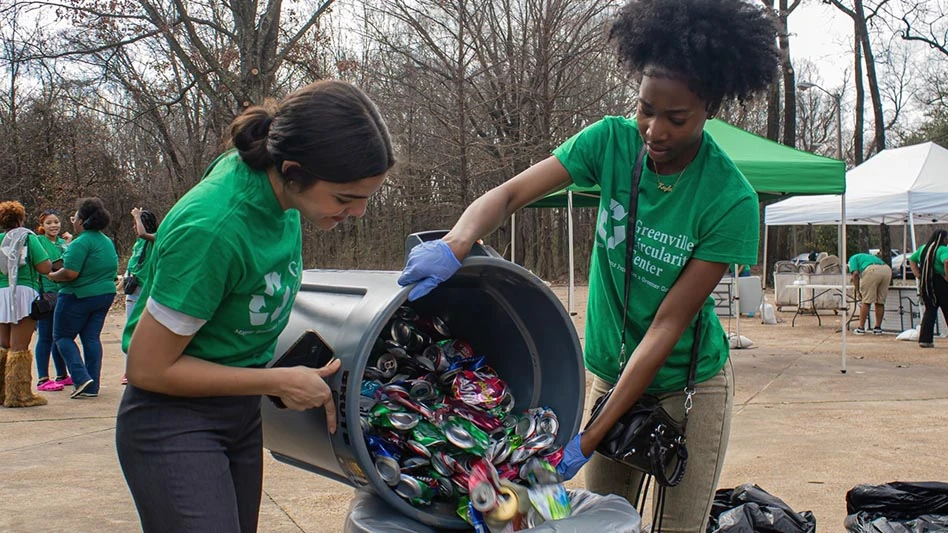Pricing for a range of postconsumer plastics continues to show strength, but one contact says he feels pricing could plateau before year-end.
The contact, who represents a company that operates material recovery facilities (MRF) in the Southwest, says pricing for polyolefins scrap, in particular, is strong and likely will “remain strong through the end of the year.”
However, he adds, “My gut tells me we are beginning to plateau. I have no exterior market indicators, but I don’t see pricing continuing to climb.”
The MRF operator says he feels that the companies reclaimers are supplying with postconsumer resin (PCR) likely will start pushing back on further attempts to raise pricing.
“My gut tells me we are beginning to plateau. I have no exterior market indicators, but I don’t see pricing continuing to climb.” – a MRF operator in the Southwest
A trader with a polyolefins reclaimer that has multiple locations mentions that high-density polyethylene (HDPE) bottle bale pricing has flattened as of mid-August. “The last nine months have been unprecedented with regard to bale pricing and week-to-week increases.”
The availability of more virgin material also could affect scrap and PCR demand and pricing as chemical and plastics plants in Texas resume normal production following the winter storms that constrained their production.

Postconsumer polypropylene (PP) bale pricing declined in mid-August by a couple of cents, the MRF operator says. He views this as an indicator that pricing is plateauing. “It doesn’t necessarily mean it will drop,” he says. “I expect it to be in the 35 to 40 cents per pound range for the remainder of the year.”
He notes that as of late December of last year, the same material was selling at 7 cents per pound.
Polyethylene terephthalate (PET) pricing remains strong, with the MRF operator saying it’s selling for roughly 30 cents per pound as of mid-August. “I give it another 30 to 60 days before it plateaus,” he adds.
A postindustrial PP and HDPE reclaimer based in the Midwest says scrap supplies are tight. “[It’s] definitely more challenging to get what we need for trading and compounding,” he says. “Some producers are recycling more internally,” the reprocessor says, adding that labor shortages also affect material flow.

The trader with a postconsumer polyolefins reclaimer says scrap is flowing better than it was in the first half of the year. “Scrap availability has improved considerably from what we were seeing earlier this year. While we still see challenges sourcing materials in different regions, overall it is much better than Q1 and Q2.
“Imports from overseas are helping fill demand gaps in the domestic market,” the trader continues. “There is a big influx of materials from overseas taking advantage of commodity prices here, and these imports are increasing the overall supply available.”
A reprocessor of postindustrial and postconsumer plastics with operations in the Upper Midwest mentions the effect of the semiconductor chip shortage in the automotive sector on material flow. “Automotive scrap volumes are down due to the chip shortages, which has slowed production of cars. Other industries, like housing and medical, are still strong.”
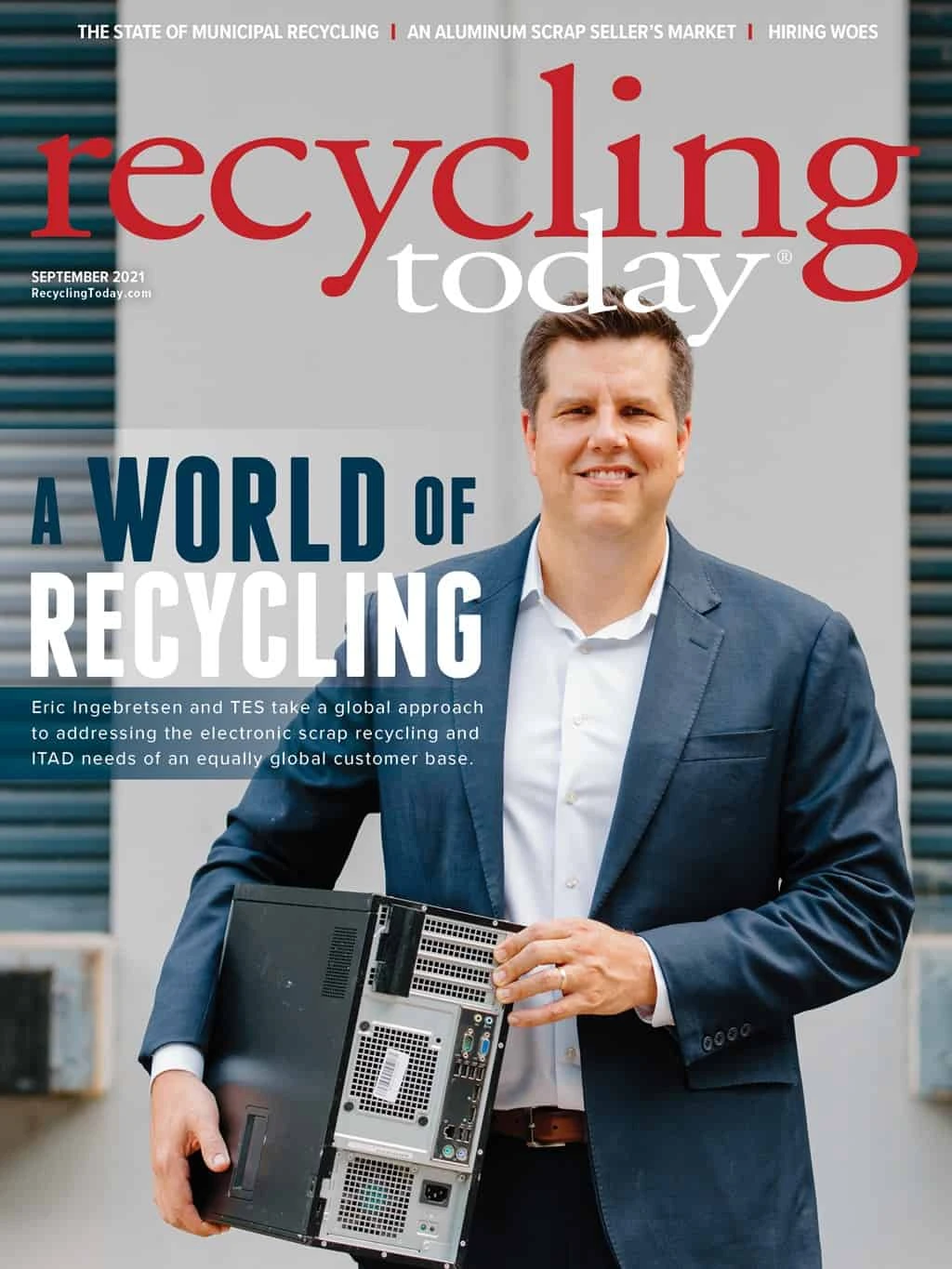
Explore the September 2021 Issue
Check out more from this issue and find your next story to read.
Latest from Recycling Today
- Steel Dynamics nets $217 million on record shipments
- Massive Chinese steelmaking rebound recorded in March
- LME looks into sustainable metal pricing
- OnePlanet Solar Recycling closes $7M seed financing round
- AMCS launches AMCS Platform Spring 2025 update
- Cyclic Materials to build rare earth recycling facility in Mesa, Arizona
- Ecobat’s Seculene product earns recognition for flame-retardant properties
- IWS’ newest MRF is part of its broader strategy to modernize waste management infrastructure
